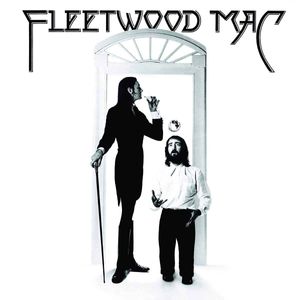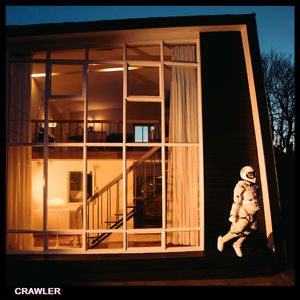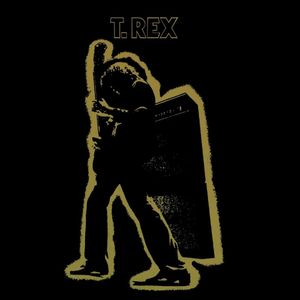How Spotify has changed the way we listen to music
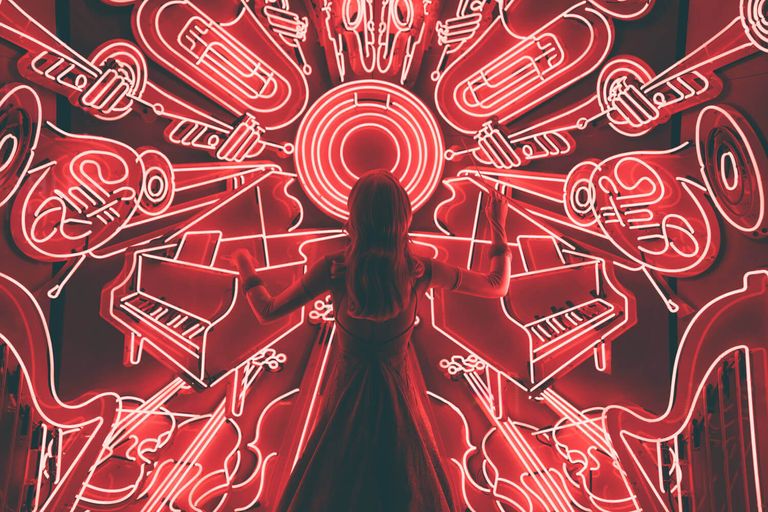
From vinyls to cassettes to mp3 players, the way we access music is constantly changing. Today, instant music streaming services like Spotify are making it easier to find and access new music.
No more searching for unknown artists in record shops, asking your friend group to learn about new tunes, buying music magazines or downloading full albums illegally on Limewire until you find something new you like. You don’t even need to search the web, and keep up with millions of different music publications.
Nei, Spotify now dominates how we discover new music. So how has Spotify changed our listening habits? How did it become such a powerful tastemaker?
We are more likely to discover new music on its platform
With features allowing us to see similar artists people listen to, a ‘Discover Weekly’ playlist tailored to our existing music taste, and ‘song radio’ suggestions similar to a song we like, it’s no wonder we are able to add a new song or two in our libraries almost every day.
Spotify encourages us to engage with it this way, because we want to consume music more than ever: for moods, for special occasions, as soundtracks for activities, and more.
And we really do engage with it more. According to Stifel’s Spotify Initiation of Coverage, ‘Spotify recommended over 30% of overall listening in 2017, up from less than 20% in 2015, providing a highly personalised listening experience.’
Thanks to the machine learning technology behind it Spotify is able to analyse user data, including listening behaviours that may change during different times of the day. This then feeds into creating new Spotify playlist ideas for specific times where users can discover more music. Like an ‘Acoustic Calm’ or ‘Nature Sounds’ playlist for before you go to bed.
By analysing a song’s loudness, tempo, and duration, amongst other things, Spotify can understand complex features users like and improve its recommendations.
We are more likely to listen different genres
When finding new artists is made easy for us, we take the opportunity. No one is strictly bound to listen to one genre. The days of subculture and genrefication of music are behind us. We now like to mix things up and keep ourselves open to all kinds of styles. That’s why we have genres like indietronica, shoegaze, or pysch folk.
In fact, a millennial insight agency called Ypulse surveyed 1,000 young adults, asking them about their favourite artists, and many respondents couldn’t answer. The experiment concluded, ‘this generation is interested in so many music genres and artists.’ Few can judge you for having both Ed Sheeran and The Weeknd in your library.
This began with the digitalisation of music, but Spotify’s algorithm works in a way that can create multiple listener identities for each user, in order to recommend them music they’re likely to listen. Spotify’s Ajay Kalia says, ‘A person’s preference will vary by the type of music, by their current activity, by the time of day, and so on. Our goal then is to come up with a nuanced understanding of each portion of your taste.’
And it depends on three factors:
Collaborative Filtering models, which analyse both your behavior and behaviors of listeners similar to you
Natural Language Processing (NLP) models, which analyse text
Audio models, which analyse the raw audio tracks themselves (for tempo, duration, danceability and more)
At the same time, Spotify’s playlists ‘mark a switch from hard genre categorisation into a more nebulous mood-based categorisation.’
Former Head of Music Culture George Ergatoudis said in an interview with The Guardian, ‘Mainstream audiences generally need more guidance to help them discover new music or are seeking a “lean back” experience. Playlists fulfil that function well.’
We are more likely to pay attention to lyrics
Spotify’s collaboration with Genius has also changed the way we interact with songs, as it allows us to see lyrics on the screen. Many people pay attention to the lyrics of a song when they can relate to them. This emotional connection really means something to listeners. This works well especially for the fans, as they are interested in the story behind a song by their favourite artist.
Genius opens up a window to the artist’s mind: it has 3.8 million subscribers on YouTube, and uploads interviews with artists every day where they explain what their lyrics mean.
We are more likely to make our own playlists
Another feature almost all Spotify users use is making playlists. Spotify even makes tailored playlists for individual listeners, called ‘Daily Mix’, using their most listened songs and genres. And they have an iconic yearly marketing campaign that promotes playlists, using their users’ listening habit and playlist making skills.
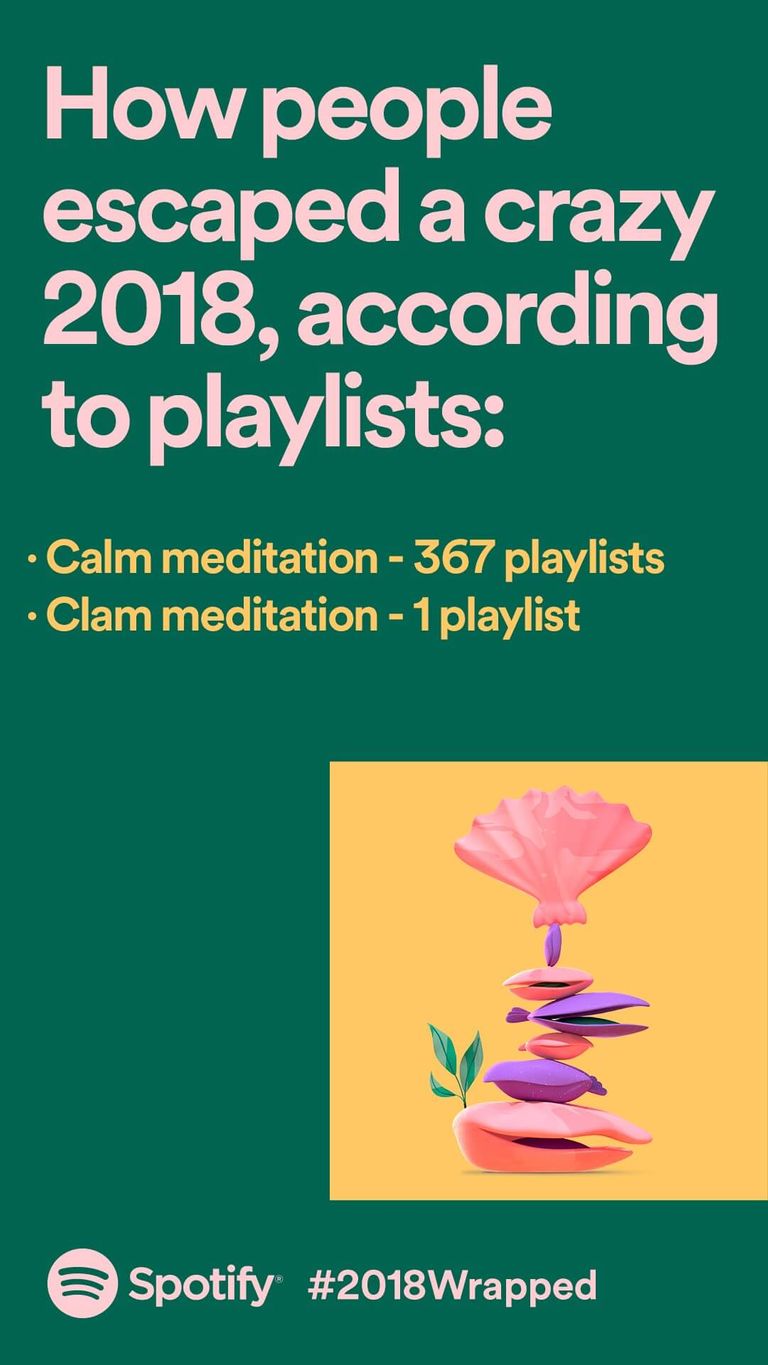
If you want to see your #2018wrapped, go tospotifywrapped.com
Spotify has revolutionised our music listening behaviour. But how does Spotify impact the music industry itself?
Independent artists are more likely to grow
As non-mainstream music becomes more widely available on Spotify, and the number of playlists dedicated to indie artists increase, listeners are becoming more flexible with their listening habits.
Eventually this curiosity for new music presents live performance opportunities to artists and we see indie artists going on world tours or festivals, reuniting with fans from around the world. For example Oxford four-piece Glass Animals said in an interview with The Guardian that they owed their success to streaming. The band went on tour for two and a half years after they released their debut album, and another one right after their second album. And they’re not a one-off. Spotify alone generated $40m+ in ticket sales in 2017.
Spotify also acts as a platform for artists to promote their merchandise on the ‘Merch Bar’ and lets fans and followers know if they have a concert in their city.
We are less likely to pirate music
With the rise of digital streaming services, the music market has once again gained a foothold after years of instability. But it still has a long way to go to catch up with the physical music era.

With Spotify, for only £9.99, you get access to ad-free listening of millions of songs. Meanwhile Spotify pays artists $0.00038 per play.
So as a band you’d be making decent enough money if you manage to get around a billion plays in total in a year, making up to $380,000. However, this is not a very easy mission for indie artists and an unbalanced royalties system is often why Spotify is criticised.
According to IFPI’s 2018 Global Music Report:
‘In 2017, the global recorded music market grew by 8.1%. This was the third consecutive year of global growth and one of the highest rates of growth since IFPI began tracking the market in 1997. Revenues increased in most markets and in eight of the global top 10 markets. Driven by fans’ engagement with streaming – especially paid subscription audio streaming – digital revenues now account for more than half (54%) of the global recorded music market.’
And Digital Media Association’s report shows that music piracy is down by more than 50% since 2018. However, the struggle of unfair competition in the music industry is endless, and Spotify has became the latest battle ground for it.
Musicians are more likely to feel the pressure
It’s no news to anyone that the music industry is extremely competitive and requires very thick skin. Although music streaming services allow artists to stay more independent, they have a lot more competition and pressure to stay relevant, trendy, and on top of their game.
They also aren’t regarded as profitable as the big names in the industry, which ends up with them getting paid less for their often bigger efforts.
However, while some more successful artists argue that Spotify is ruining the music industry by undervaluing creators, indie artists often speak of it as a game-changer that has allowed them to reach an audience.
As Brooklyn-based, independent singer-songwriter Vérité says, ‘Spotify won’t build your career, nor is that its responsibility. It provides a platform for discovery. It will link your listeners to your merchandise and concerts, and it will provide back-end data for you to locate and analyse your followers.’
However, the majority of the listeners choose to listen to mainstream music instead of buying records. This cycle forces the artist/band to tour for longer and release EP after EP.
On Spotify’s part, the pressure to be discovered on Spotify playlists is changing the way artists write music. The Guardian’s Sam Wolfson argues, ‘There are lots of small ways Spotify has changed the way music is made. The intros of songs have become shorter to stop listeners skipping a track with a slow buildup. Albums have got longer, often clocking in at more than 20 tracks, simply because listening to a 20-track album generates twice as much revenue as listening to a 10-track one.’
Artists have found it lucrative to adapt their songs to different playlists to get streamed more. For example, Ed Sheeran, for just “The Shape of You”, ‘released an acoustic version (74m streams), a reggaeton version for the Latin market (69m), a version with a Stormzy verse (50m), a Major Lazer version for dancehall playlists (48m) and three further dance remixes (32m streams).’
With great power comes great responsibility.
Playlists allow Spotify to be one step ahead in deciding what users listen to. Although there is hope that Spotify will continue to encourage diverse music listening habits and allow musicians to find new fans, the platform should be open to more discussion with musicians on how it can empower them and their creativity.
With so much influence on what music people listen to, Spotify can change their model to promote new independent artists more. It seems to have already begun going down this route, announcing they would be allowing artists to directly upload their music onto its platform in September 2018.
Spotify has changed listening habits forever. More music is available to more people than ever before. There has to be a way for that to benefit both fans and artists. For all its technical achievements, Spotify needs guidance and support in making its revolution work to everyone’s benefit.

Related Posts
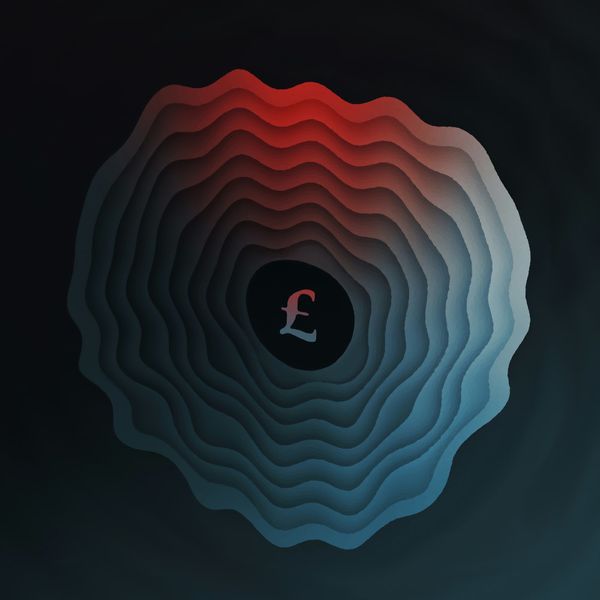
With music streaming remuneration reform on hiatus, is it the government’s cue to step in?

Artist-friendly music streaming alternatives to Spotify et al.

What would a music streaming minimum wage look like?

